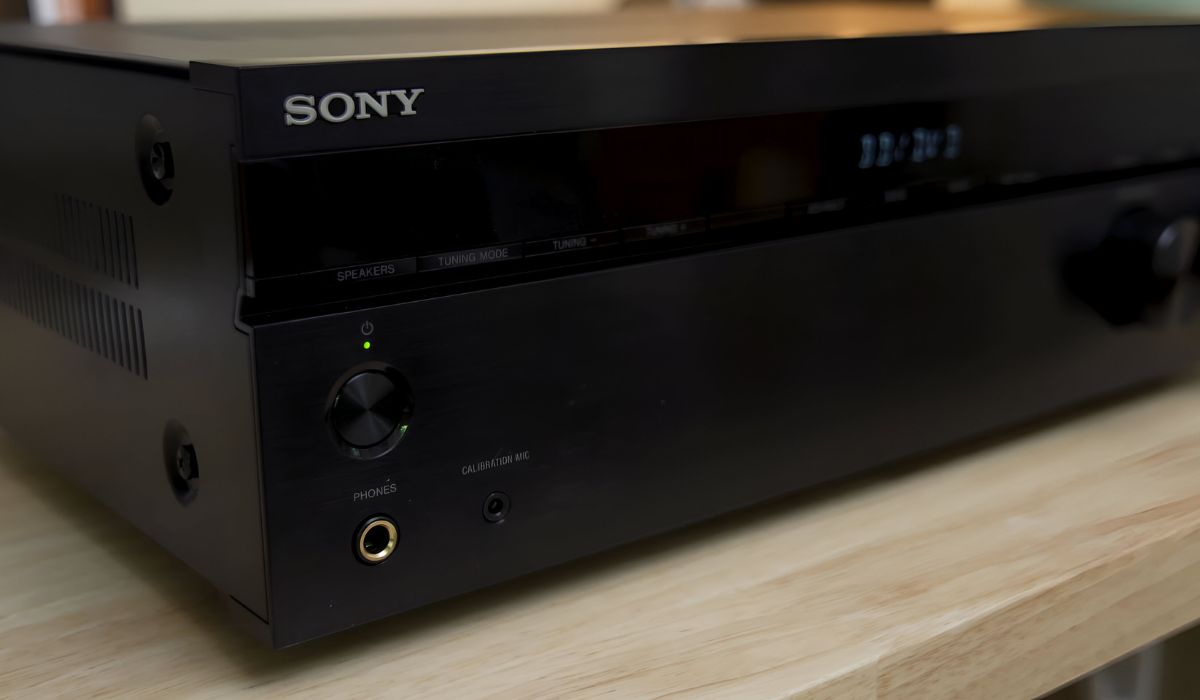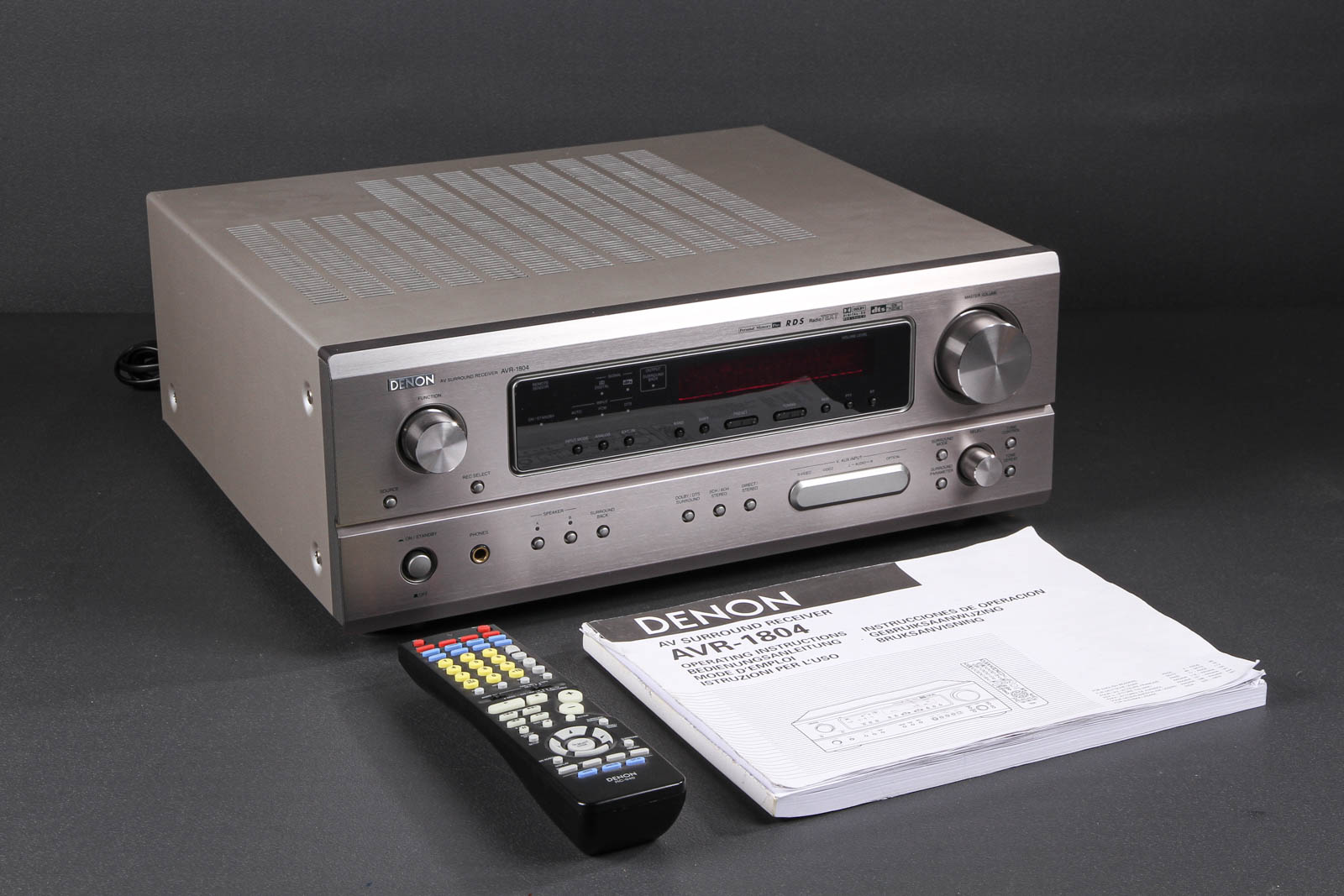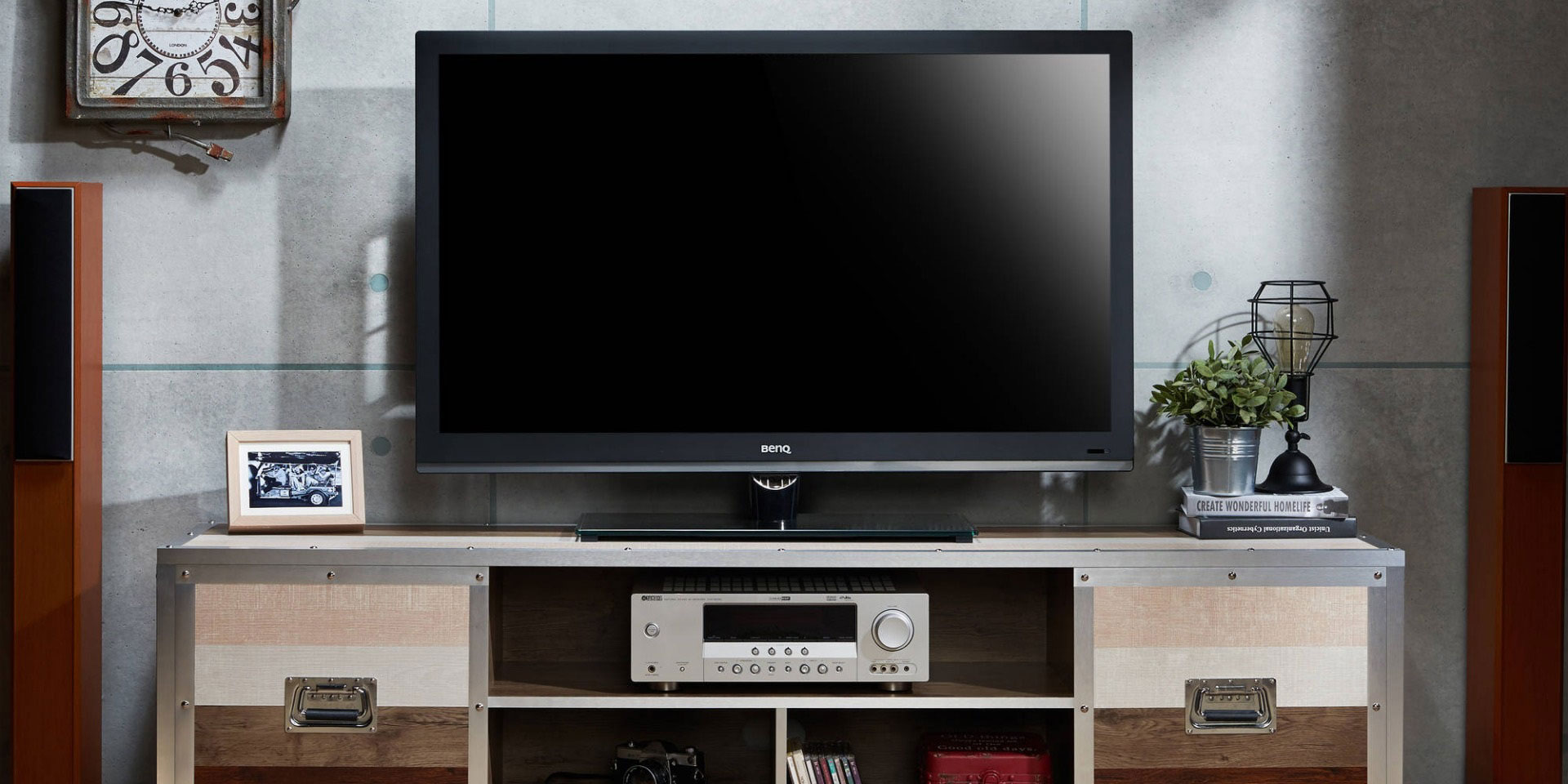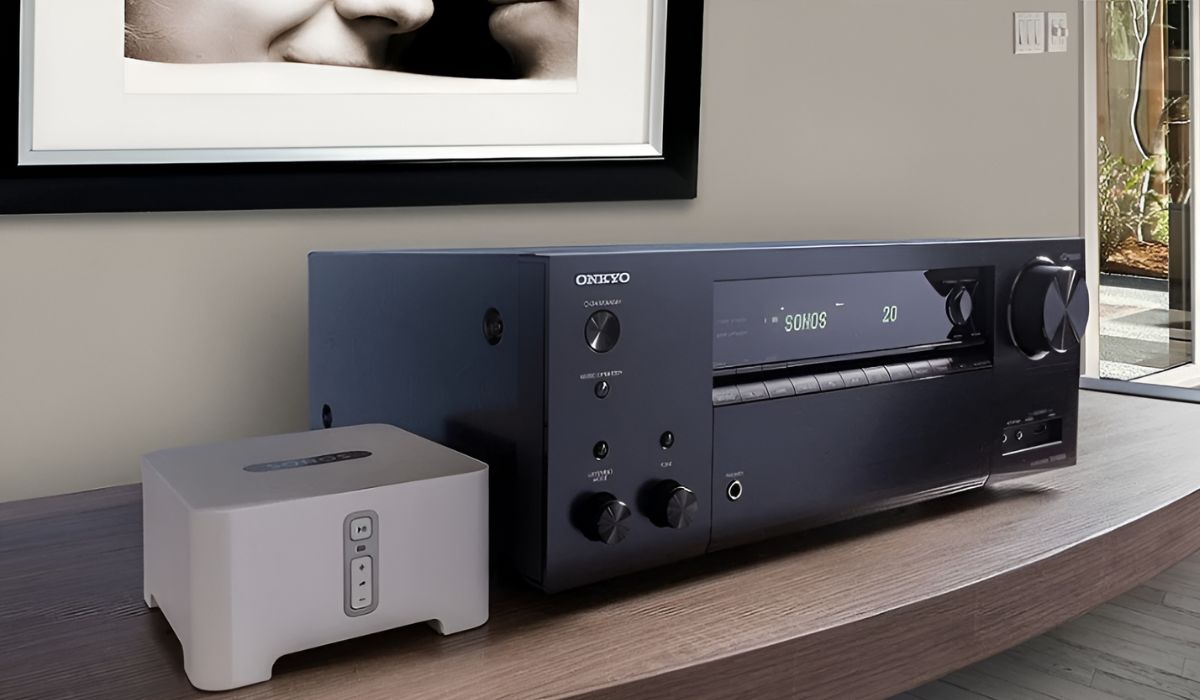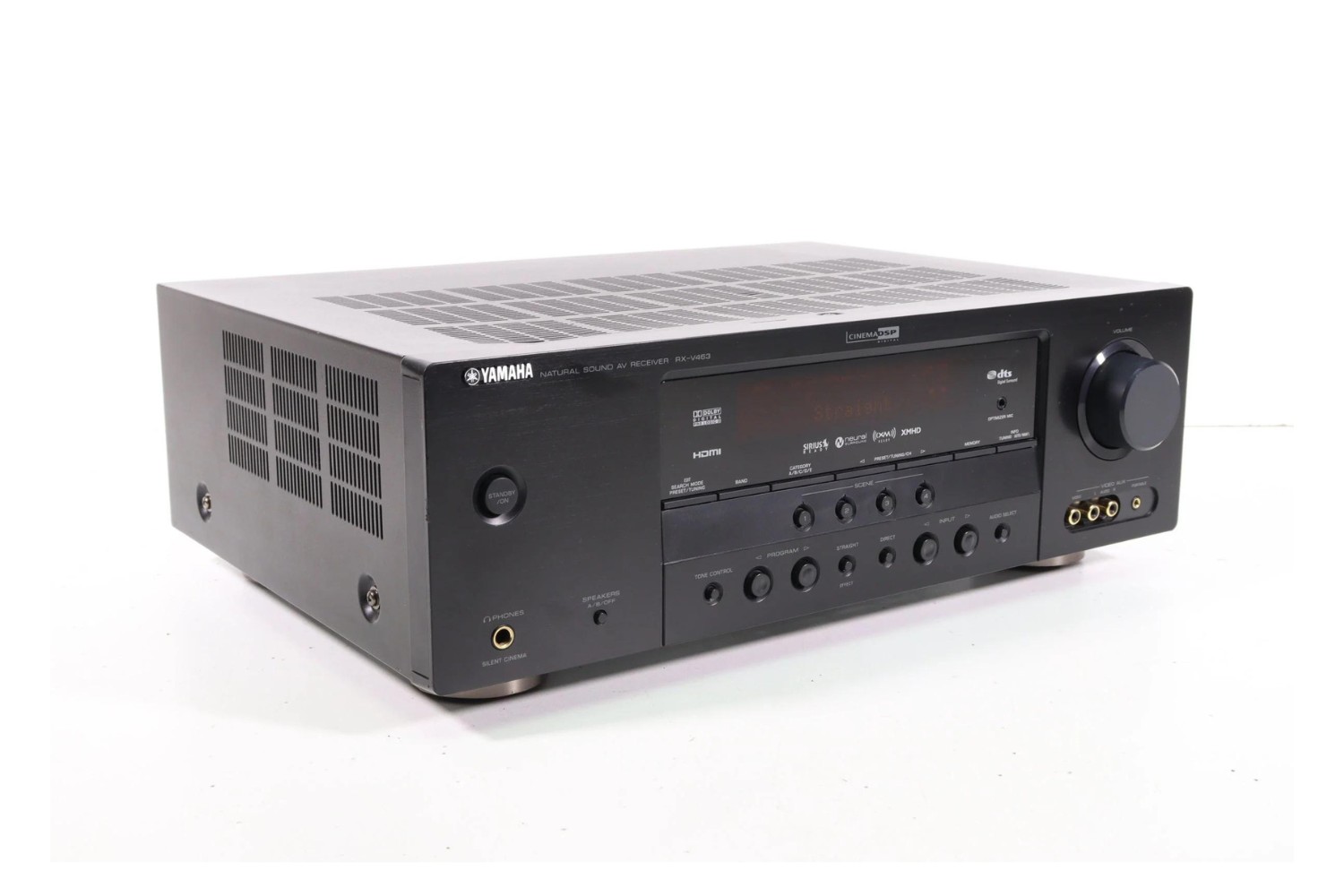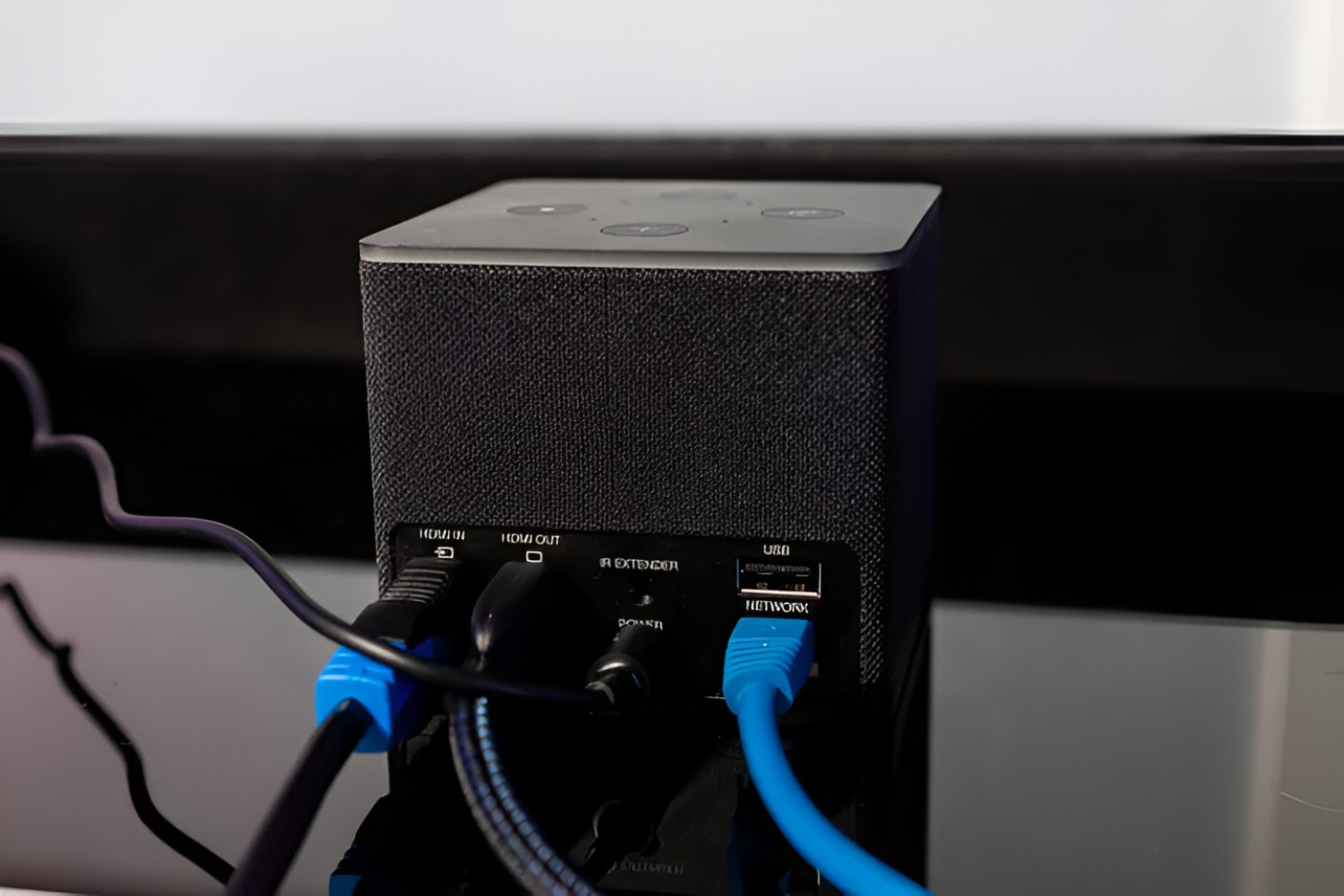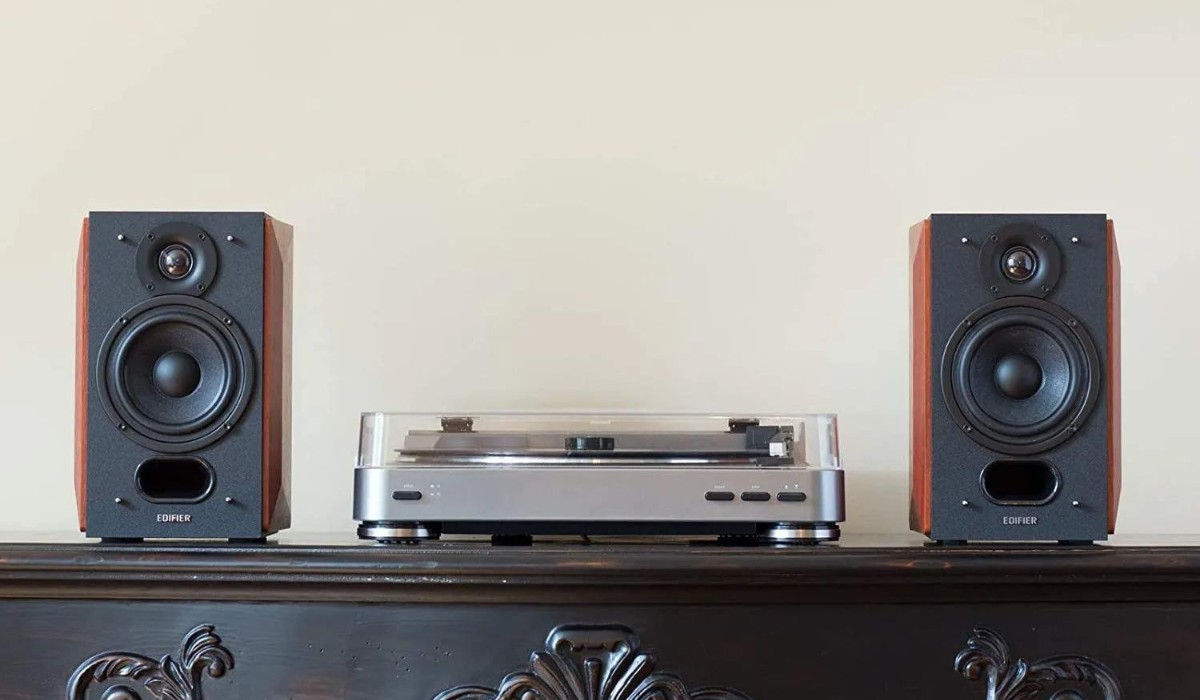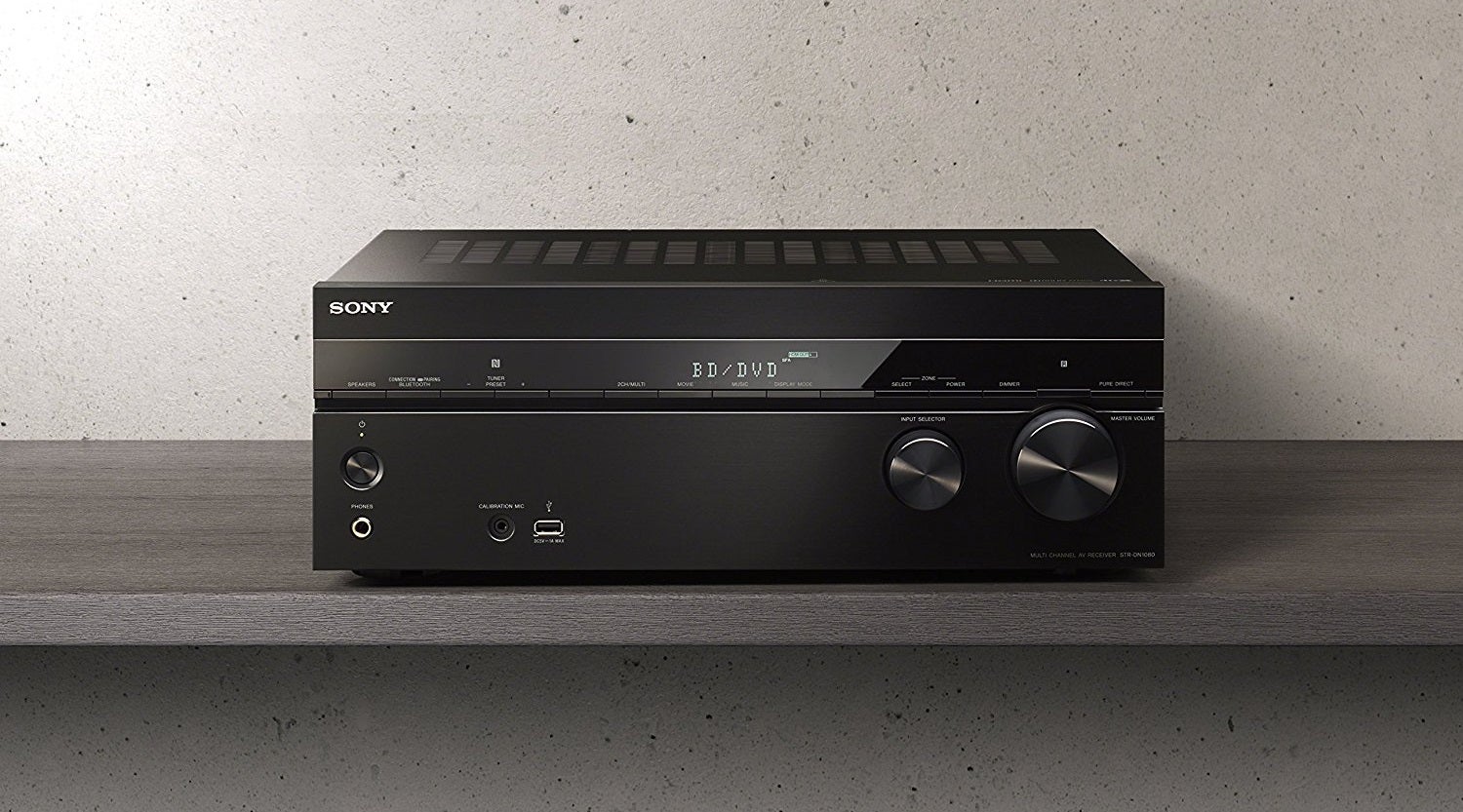Introduction
Are you experiencing issues with your AV receiver? It can be frustrating when your audio and video system isn't functioning as expected. However, troubleshooting common problems with your AV receiver can often resolve these issues without the need for professional assistance. In this guide, we'll explore various troubleshooting steps to help you address power, connection, audio/video, remote control, overheating, and software-related issues that commonly affect AV receivers.
Understanding the intricacies of your AV receiver and its components is crucial for effective troubleshooting. By following the steps outlined in this guide, you can potentially save time and money by resolving common issues on your own. Whether you're encountering power-related problems, audio/video issues, or difficulties with remote control functionality, this comprehensive troubleshooting resource will equip you with the knowledge and techniques needed to address these issues effectively.
Let's delve into the specific troubleshooting methods for different types of AV receiver problems, empowering you to identify and resolve issues with confidence. Whether you're a seasoned AV enthusiast or a newcomer to the world of audio and video systems, this guide aims to provide valuable insights and practical solutions for troubleshooting your AV receiver.
Power Issues
Power-related problems are among the most common issues that AV receiver owners encounter. If your receiver fails to power on or experiences intermittent power loss, several troubleshooting steps can help identify and resolve the underlying causes.
- Power Source Verification: Start by ensuring that the power outlet or surge protector supplying electricity to your AV receiver is functional. Plug another device into the outlet to confirm that it’s providing power. If the outlet is working, proceed to the next steps.
- Power Cord Inspection: Check the power cord for any signs of damage, such as fraying or exposed wires. If any damage is detected, replace the cord with a compatible one to prevent electrical hazards.
- Resetting the Receiver: Some power-related issues can be resolved by performing a simple reset. Unplug the receiver from the power source, wait for a few minutes, and then plug it back in. This action may clear any temporary glitches that are affecting the power functionality.
- Internal Fuse Examination: In some cases, a blown internal fuse can cause power issues. Refer to the receiver’s manual to locate the fuse and inspect it for signs of damage. If the fuse appears to be blown, replace it with an identical fuse to restore power functionality.
- Professional Inspection: If the above steps do not resolve the power-related problems, consider seeking professional assistance. An experienced technician can diagnose and address more complex internal issues that may be affecting the receiver’s power supply.
By systematically addressing power-related concerns, you can potentially resolve issues that prevent your AV receiver from powering on or operating consistently. These troubleshooting steps provide a comprehensive approach to identifying and resolving power-related problems, ensuring that your AV receiver functions optimally.
Connection Problems
Effective connectivity is essential for the seamless operation of an AV receiver. When encountering connection problems, it’s crucial to methodically troubleshoot the potential issues affecting the receiver’s ability to communicate with other devices and peripherals.
- Cable Inspection: Begin by inspecting the cables connecting the AV receiver to external devices such as speakers, TV, and media players. Look for any signs of wear, damage, or loose connections. Replacing faulty cables or reseating loose connections can often resolve connectivity issues.
- Input Source Selection: Verify that the receiver is set to the correct input source for the connected device. Using the remote control or the receiver’s front panel, ensure that the input source corresponds to the device you intend to use, such as a Blu-ray player or gaming console.
- Network Connectivity: If your AV receiver is network-enabled, ensure that it is properly connected to your home network. Check the network settings in the receiver’s menu to confirm that it has a valid IP address and is connected to the correct network.
- Software Updates: Check for firmware updates for your AV receiver. Manufacturers often release updates to address connectivity issues and improve compatibility with other devices. Updating the receiver’s firmware can potentially resolve persistent connection problems.
- Factory Reset: As a last resort, consider performing a factory reset on the receiver to restore its default settings. Be aware that this action will erase any custom settings, so it’s advisable to back up your configurations before proceeding with a factory reset.
By addressing connection problems through systematic troubleshooting, you can enhance the overall performance and reliability of your AV receiver. These steps empower you to identify and resolve connectivity issues, ensuring that your audio and video components function harmoniously to deliver an immersive entertainment experience.
Audio/Video Issues
When encountering audio or video issues with your AV receiver, it’s essential to troubleshoot the potential causes that may affect the quality and functionality of your entertainment system. Addressing these issues systematically can help restore the optimal audio and video performance of your AV receiver.
- Speaker Configuration: Verify that the speakers are correctly connected to the receiver and that the speaker wires are securely attached. Additionally, ensure that the speaker configuration settings on the receiver match the physical setup to guarantee proper audio output.
- Audio/Video Input Selection: Confirm that the correct input source is selected for the audio or video device you intend to use. Ensure that the receiver is set to the appropriate input mode to receive signals from your preferred audio or video source.
- Signal Interference: Identify and eliminate potential sources of signal interference, such as nearby electronic devices or wireless equipment that may disrupt the audio or video signals. Repositioning the receiver and other electronic devices can help minimize interference.
- Video Display Settings: Check the video output settings on the receiver to ensure compatibility with your display device. Adjust the resolution and refresh rate settings to match the capabilities of your TV or projector for optimal video performance.
- Audio Format Compatibility: Ensure that the audio formats supported by your AV receiver align with the formats used by your media sources. Some audio formats may require specific settings or decoding capabilities to deliver high-quality sound.
By addressing audio and video issues through systematic troubleshooting, you can enhance the overall entertainment experience provided by your AV receiver. These steps empower you to identify and resolve audio and video-related issues, ensuring that your audiovisual setup delivers immersive and high-fidelity sound and visuals for an enhanced viewing and listening experience.
Remote Control Problems
Remote control functionality is integral to the convenient operation of an AV receiver, allowing users to manage audio and video settings from a distance. When encountering issues with the remote control, troubleshooting the underlying causes can restore seamless control over the receiver’s functions.
- Battery Replacement: If the remote control becomes unresponsive or exhibits intermittent functionality, replace the batteries with new ones. Weak or depleted batteries can hinder the transmission of signals between the remote and the receiver.
- Remote Sensor Alignment: Ensure that the receiver’s remote sensor is unobstructed and free from dust or debris that may impede signal reception. Clean the sensor area and verify that there are no obstacles blocking the line of sight between the remote and the receiver.
- Remote Pairing: If the remote control is designed to be paired with the receiver, follow the pairing instructions provided in the user manual. Re-establishing the connection between the remote and the receiver can resolve communication issues.
- Remote Control Mode: Check if the remote control is set to the correct mode for operating the AV receiver. Some remotes offer multiple device control modes, and ensuring that the remote is configured for the receiver is essential for seamless operation.
- Remote Replacement: If the above steps do not restore remote functionality, consider obtaining a replacement remote control. Ensure that the new remote is compatible with your AV receiver model and follows the manufacturer’s specifications.
By addressing remote control problems through systematic troubleshooting, you can regain convenient and reliable control over your AV receiver’s settings and functions. These steps empower you to identify and resolve remote control-related issues, ensuring that you can effortlessly manage your audio and video preferences from a distance.
Overheating and Ventilation Issues
Overheating can significantly impact the performance and longevity of an AV receiver. Proper ventilation and proactive measures are essential to mitigate the risk of overheating and ensure the optimal functioning of the receiver.
- Ventilation Assessment: Evaluate the placement of the AV receiver to ensure that it has ample space for ventilation. Avoid enclosing the receiver in a cabinet or placing objects on top of it, as this can impede airflow and contribute to overheating.
- Dust and Debris Removal: Regularly clean the receiver’s ventilation openings and surrounding areas to prevent the accumulation of dust and debris. Use a soft brush or compressed air to gently remove any obstructions that may hinder airflow.
- Temperature Monitoring: Utilize the receiver’s built-in temperature monitoring features, if available, to track its operating temperature. Excessive heat warnings or shutdowns may indicate ventilation issues that need to be addressed.
- External Cooling Solutions: Consider using external cooling fans or placing the receiver near a dedicated cooling source, such as a room fan or air conditioning vent, to help dissipate heat more effectively.
- Receiver Elevation: Elevate the receiver slightly using non-slip spacers or feet to promote better airflow underneath the unit. This simple adjustment can enhance ventilation and reduce the risk of overheating.
By proactively addressing overheating and ventilation issues, you can safeguard the operational integrity of your AV receiver and prolong its lifespan. These measures empower you to mitigate the risk of overheating and maintain optimal operating conditions for your audio and video equipment.
Firmware and Software Updates
Keeping the firmware and software of your AV receiver up to date is crucial for ensuring optimal performance, compatibility with new devices, and the resolution of potential issues. Regular updates can address known bugs, enhance features, and improve overall stability.
- Manufacturer’s Website: Visit the official website of the receiver’s manufacturer to check for available firmware and software updates. Look for the support or downloads section to access the latest updates for your specific receiver model.
- Update Instructions: Carefully review the update instructions provided by the manufacturer before proceeding with the installation. Follow the recommended update procedure to avoid potential errors during the update process.
- Network Updates: If your receiver is network-enabled, you may have the option to download and install updates directly through the receiver’s interface. Access the network settings menu to check for available updates and initiate the installation process.
- USB Update Option: Some receivers allow firmware updates via a USB flash drive. If this method is supported, download the update file from the manufacturer’s website and follow the provided instructions to transfer the update to the receiver using a USB drive.
- Backup Settings: Before initiating any updates, consider backing up your receiver’s settings and configurations. This precaution can help restore your personalized settings in case the update process resets the receiver to its default state.
By staying proactive with firmware and software updates, you can optimize the performance and functionality of your AV receiver while benefiting from the latest features and improvements offered by the manufacturer. These steps empower you to maintain a reliable and up-to-date audio and video system that meets your entertainment needs.
Conclusion
Effectively troubleshooting AV receiver issues is essential for maintaining a seamless audio and video experience. By addressing power, connection, audio/video, remote control, overheating, and software-related problems, you can enhance the performance and longevity of your AV receiver while enjoying uninterrupted entertainment.
Understanding the intricacies of your AV receiver and its components is crucial for effective troubleshooting. Whether you’re resolving power-related issues, enhancing connectivity, optimizing audio and video performance, or ensuring reliable remote control functionality, the systematic approach to troubleshooting outlined in this guide empowers you to address common problems with confidence.
By following the recommended troubleshooting steps, such as verifying power sources, inspecting connections, updating firmware, and addressing overheating concerns, you can potentially resolve issues without the need for professional assistance, saving time and expenses.
Ultimately, proactive troubleshooting and maintenance contribute to the longevity and optimal performance of your AV receiver. Regularly reviewing and addressing potential issues can help you enjoy a seamless and immersive audiovisual experience, ensuring that your entertainment system meets your expectations for years to come.
Empowered with the knowledge and techniques presented in this guide, you can confidently troubleshoot and address common AV receiver issues, fostering a reliable and enjoyable audio and video environment in your home.







